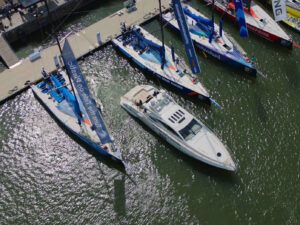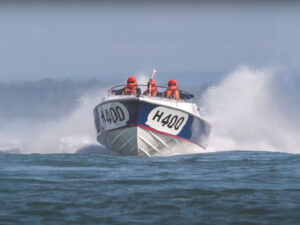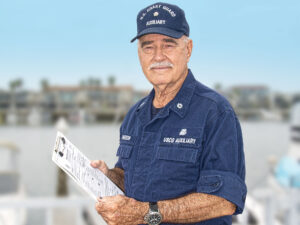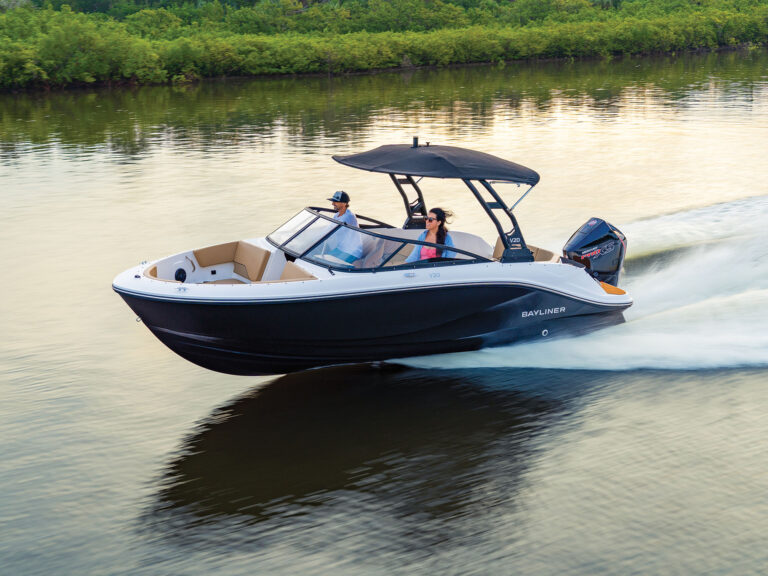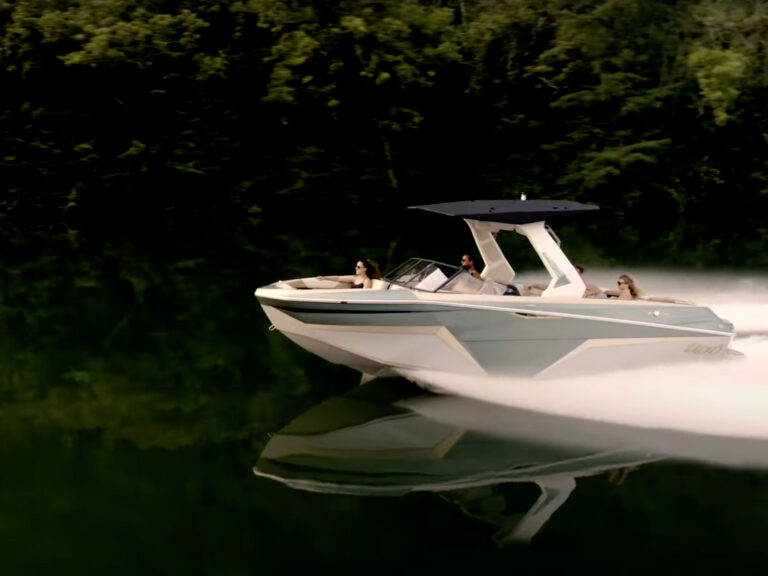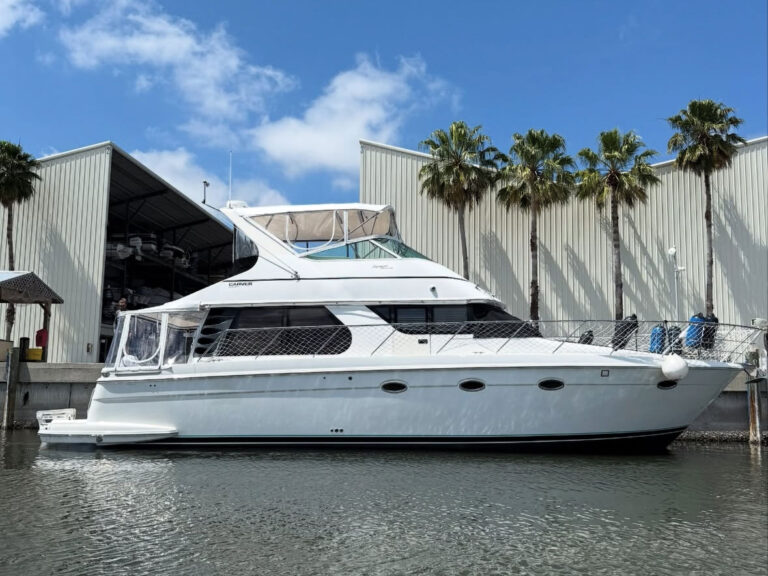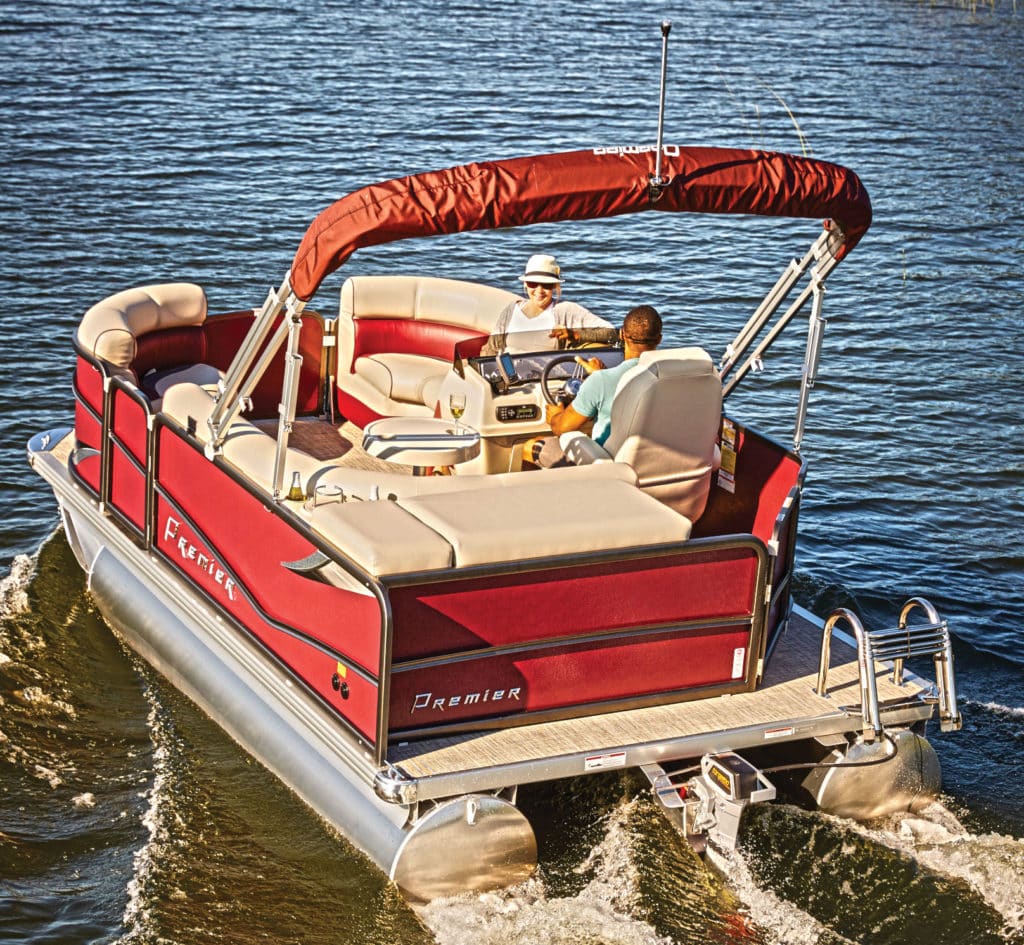
Torqeedo, probably the fastest-growing brand in electric and hybrid marine engines, was just bought by Deutz AG, a major European manufacturer of diesel and natural-gas engines. The move solidifies a dual effort to marry clean diesel to electric propulsion to meet the stringent emissions standards of the EU.
Electric propulsion’s growth in Europe comes partly from the way emissions are measured in the EU. American regulators assess “emissions per motor,” while Euro-crats look to the emissions of a vessel, which could have multiple motors. In Europe, large-vessel and yacht builders comply with emissions requirements using gas or diesel and electric propulsion.
Electric propulsion is highly subsidized in Germany, and combustion propulsion for marine use is restricted, but Americans aren’t yet so encumbered, and electric propulsion here is still growing quickly.
One reason is many suburban lakes and drinking-water reservoirs only allow electric propulsion, either to maintain water purity and/or to maintain a quieter waterfront atmosphere in the neighborhood.
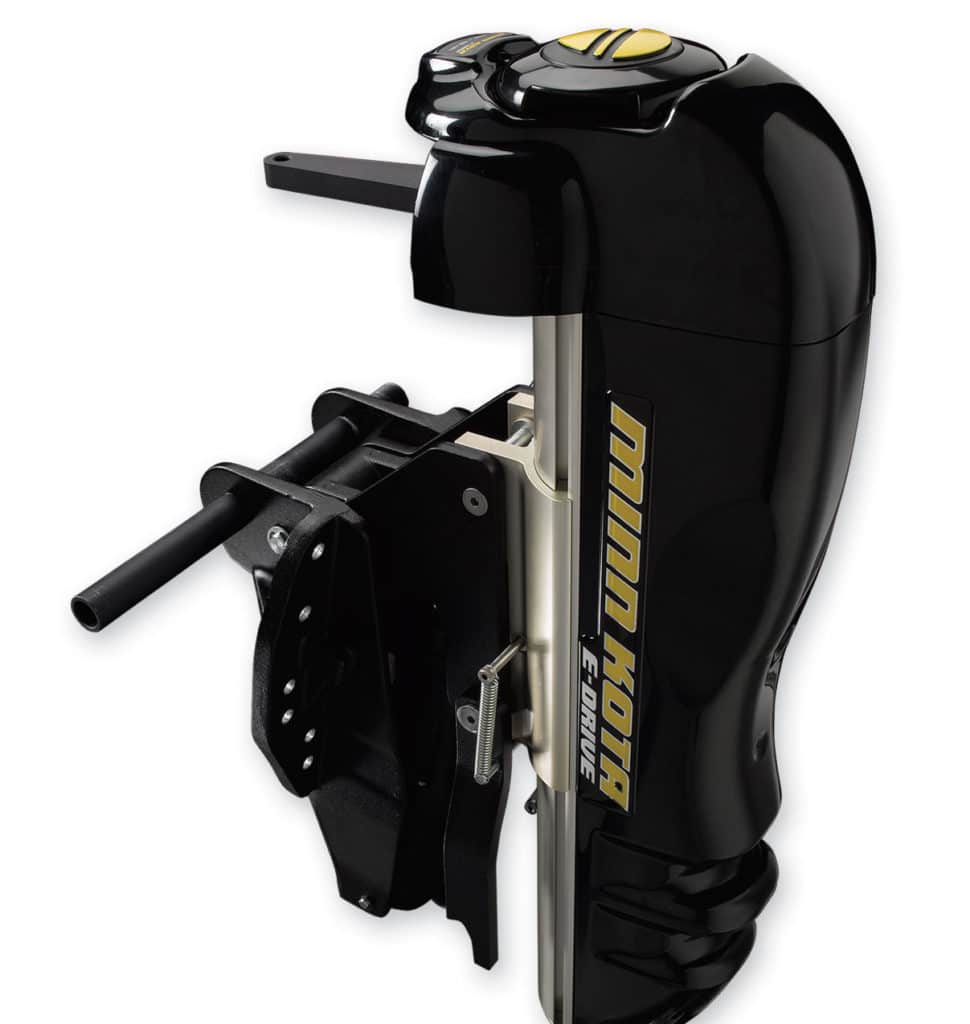
Early Adopters
So, pontoon owners are among the early adopters meeting regulations, enjoying quieter cruises ideal on lower electric horsepower.
Minn Kota may have been first to tap into the market some years ago with its E Outboard ($2,999). Complete with electronic throttle, LED battery maintenance instrumentation, and an electric tilt drive mechanism with 48 volts of wet-cell battery power, it generates up to 2 horsepower to propel an 18-foot pontoon 5 mph.
But Torqeedo’s Cruise series features transom-mount, helm-steered motors ($3,798 for a 2-horsepower Cruise 2.0 RS outboard to $8,499 for a Cruise 10.0L) complete with throttle control and a GPS-based battery-management computer and LED display to report remaining battery power and range at speed. Cruise motors require two 24-volt lithium-ion batteries at $2,599 each.
Powered Up
Lithium-ion batteries are half as heavy as lead-acid batteries and last three times as long. Unlike lead-acid batteries, they deliver full voltage until depleted, keeping the ride snappy. Ultimately, compared to AGM batteries, lithium-ion batteries prove comparably priced per hour of boating. In our tests, we’ve found 16- to 20-foot pontoons can enjoy a silent sunset cruise for hours or give a zippy ride to the sandbar for a day of water fun. And while you may think electrics are all slow-going, we’ve enjoyed some exciting rides and even water-skied behind electric-powered runabouts, and the horsepower to do it with pontoons is definitely available.

